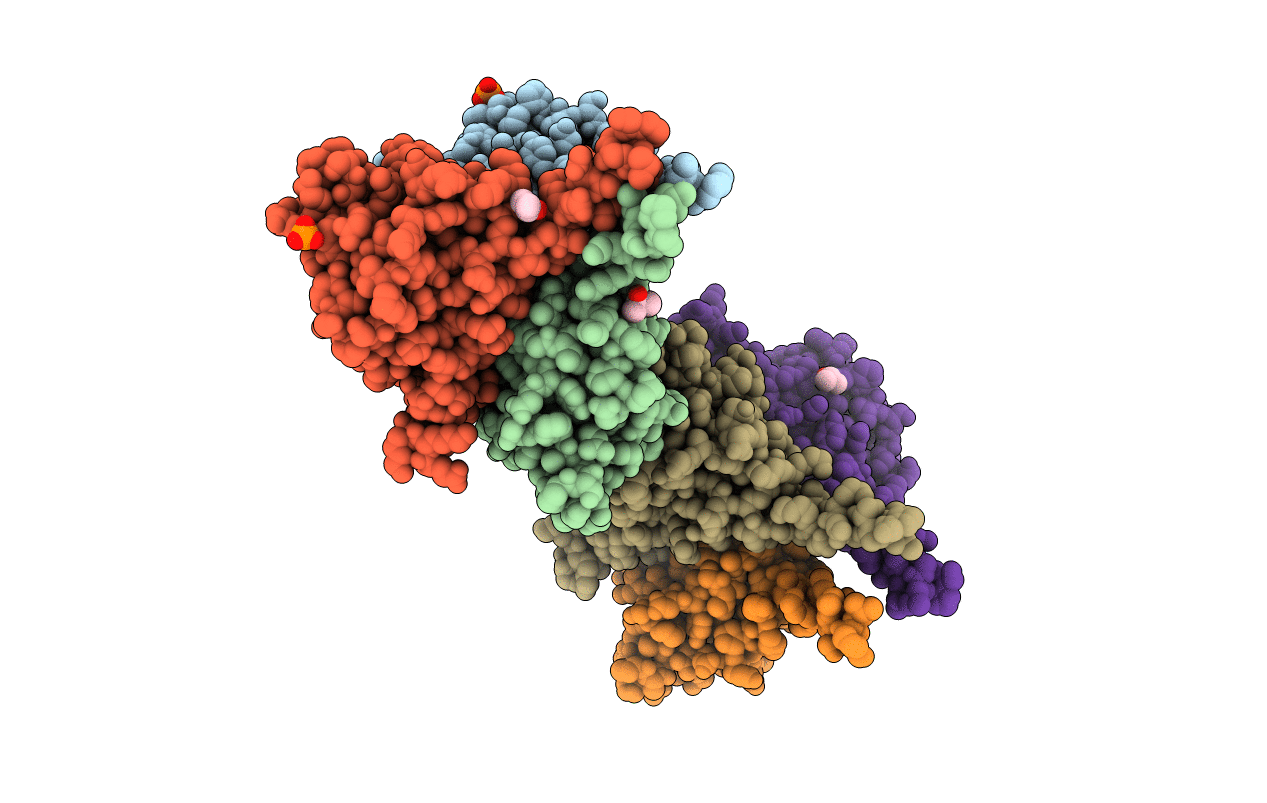
Deposition Date
2012-09-19
Release Date
2012-10-17
Last Version Date
2024-04-03
Entry Detail
PDB ID:
4H69
Keywords:
Title:
Crystal Structure of the Allene Oxide Cyclase 2 from Physcomitrella patens complexed with substrate analog
Biological Source:
Source Organism:
Physcomitrella patens (Taxon ID: 3218)
Host Organism:
Method Details:
Experimental Method:
Resolution:
2.00 Å
R-Value Free:
0.22
R-Value Work:
0.19
R-Value Observed:
0.19
Space Group:
P 1 21 1


